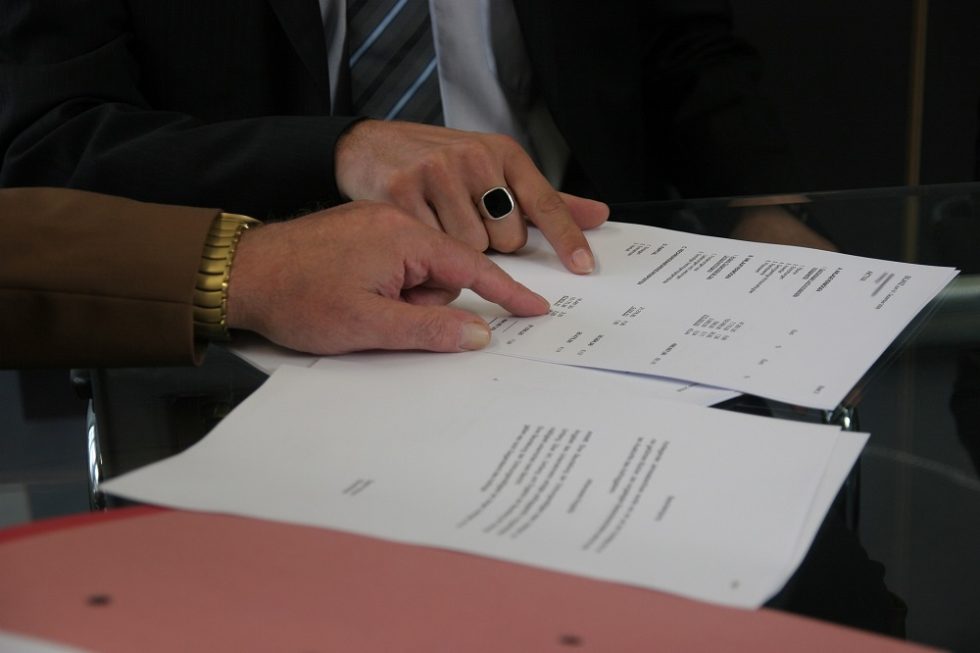Tech transfer agreements, which allow companies to license inventions created at universities and other research institutions, can be complex and require careful management in order to be successful. These agreements typically include milestones that must be met by the licensee in order to keep the license and continue developing the technology. However, research and development can be unpredictable, and it is not uncommon for companies to fall behind on these milestones.
In order to stay in compliance and maintain a functional relationship with the tech transfer office, it is important for companies to be transparent about any setbacks they are facing and to work with the tech transfer office to renegotiate timelines if necessary. Communication and collaboration are key to navigating the challenges that can arise during the development process.
A healthy relationship between a commercial enterprise and a tech transfer office is one that is built on trust, honesty, and a shared commitment to bringing new technologies to market for the benefit of the public. In order to maintain this relationship, both parties must be willing to work together and be open about any issues that may arise.
There may be several reasons why a company might fall behind on their milestones, including difficulties in developing the technology, changes in market conditions, or unexpected challenges. It is important for the tech transfer office and the company to work together to identify the root cause of any delays and develop a plan to overcome them.
Overall, tech transfer agreements can be complex and require careful management in order to be successful. By maintaining open communication and a commitment to collaboration, both the tech transfer office and the licensee can work together to bring new technologies to market and achieve their shared goals

